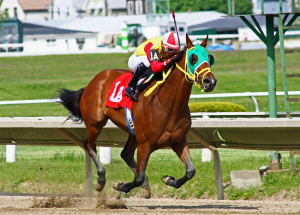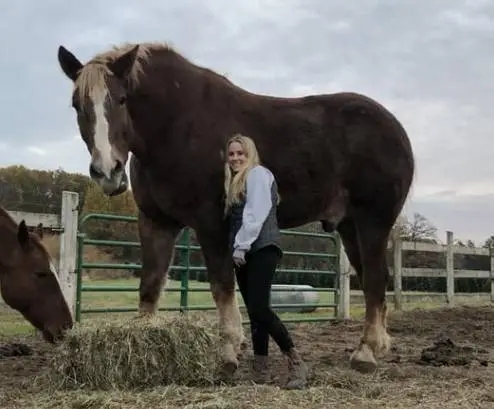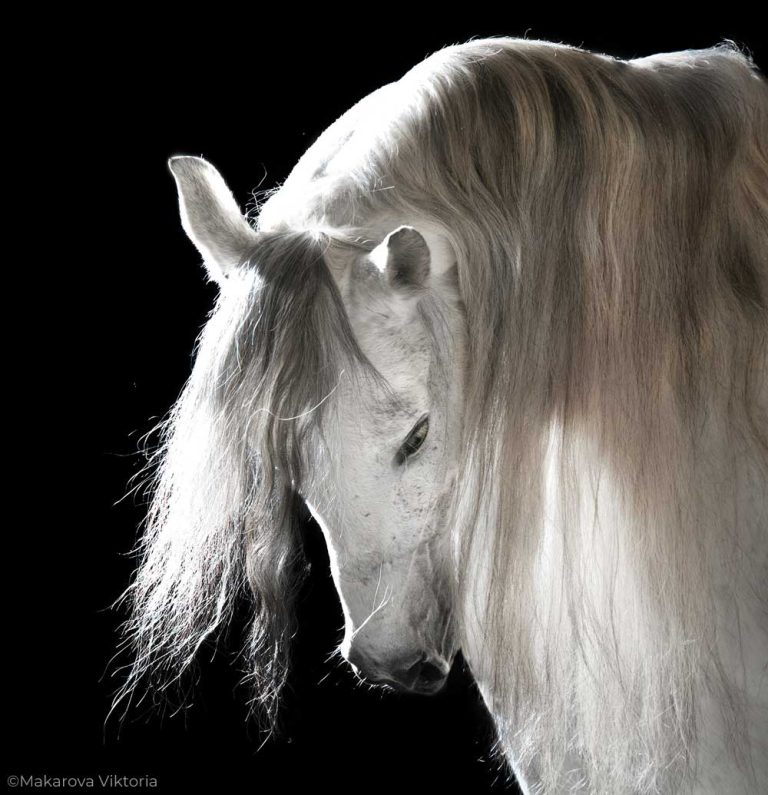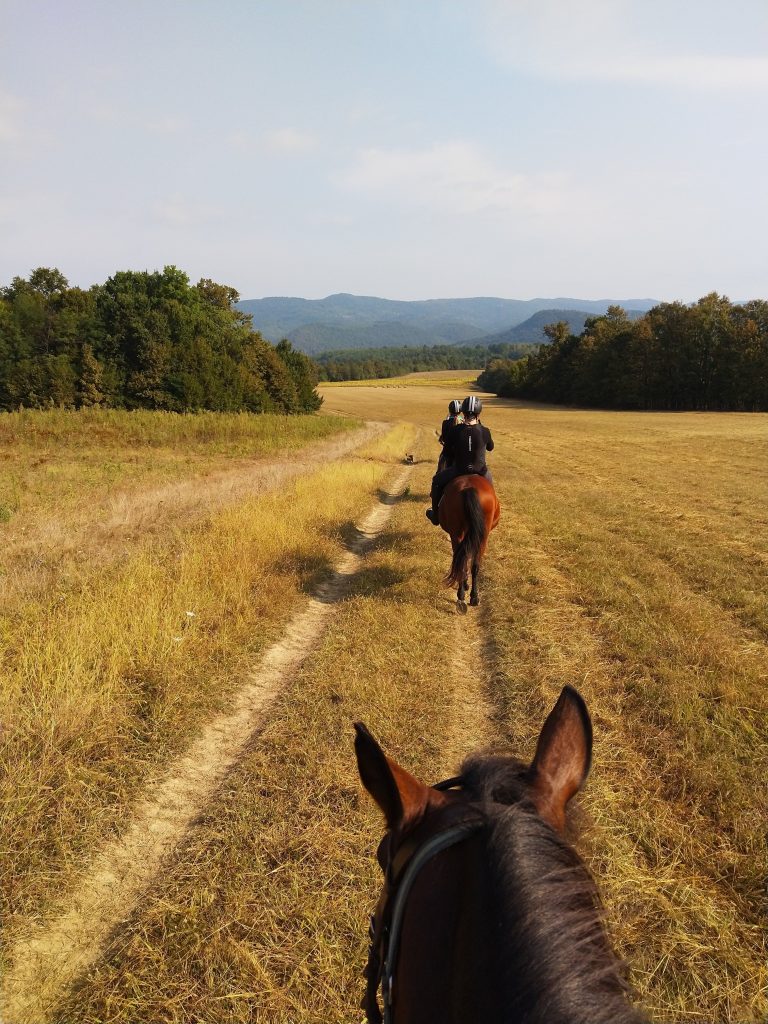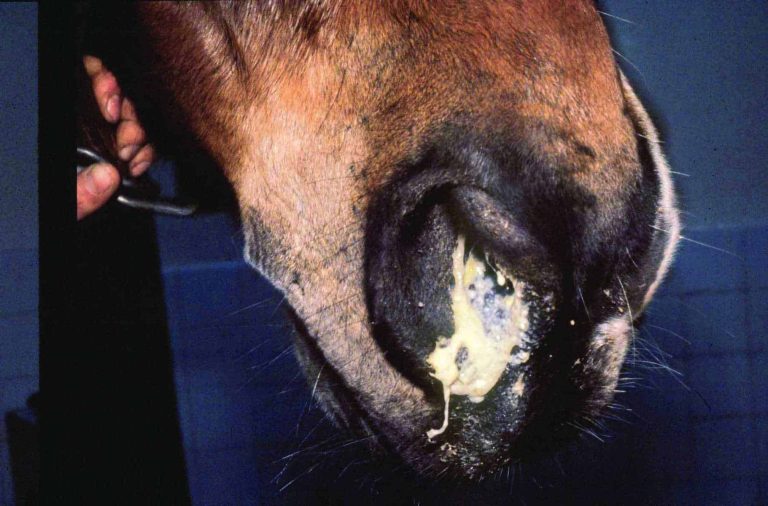Imagine a world where horses come in all shapes, sizes, and colours. From majestic thoroughbreds to sturdy draft horses, the diversity of horse breeds is truly mesmerising. Have you ever wondered just how many different horse breeds exist worldwide? Prepare to be amazed by the sheer number and variety of these magnificent creatures that roam the earth.
Table of Contents
ToggleClassification of Horse Breeds
If you’ve ever been fascinated by the beauty and diversity of horses, you may have wondered about the different breeds that exist. Horses come in a wide array of sizes, colours, and temperaments, making them one of the most fascinating and versatile creatures on Earth. In this article, we will explore the classification of horse breeds, their origins, characteristics, and roles in various parts of the world.
Breed Types
When it comes to horse breeds, they can be broadly classified into two main categories: purebred and partbred. Purebred horses, as the name suggests, belong to a specific breed with a long lineage of carefully documented ancestry. Partbred horses, on the other hand, are a mix of two or more different breeds. The combination of these breeds often results in horses with unique traits and characteristics.
Purebred vs. Partbred
Purebred horses place a strong emphasis on maintaining the purity of the breed’s bloodline. The breeding process involves selecting specific horses with desirable traits and lineage to ensure offspring that adhere to the breed’s standards. Partbred horses, although not as strictly regulated, offer versatility through the combination of different breeds. These horses can inherit the best traits from their diverse lineage, making them suitable for various purposes.
Breed Associations
To maintain the integrity of each breed, various breed associations have been established. These organisations play a crucial role in documenting pedigrees, setting standards for breed characteristics, and organising events such as horse shows and competitions. Breed associations ensure that the breed remains true to its origins and that breeders follow guidelines to preserve the unique traits and qualities associated with the breed.
Equus caballus – The Domestic Horse
Before we delve into the different breeds of horses, it’s important to understand the origins and domestication of the equine species.
Origin and Domestication
The domestic horse, scientifically known as Equus caballus, has an ancient history that dates back thousands of years. It is believed that the horse was first domesticated around 4000 BCE, with evidence of horse domestication found in areas such as the Eurasian Steppe and the Middle East. Horses played a crucial role in various civilizations, aiding in transportation, agriculture, and warfare.
Evolution of Horse Breeds
Over centuries of selective breeding, different horse breeds emerged, each adapted to their specific environment and purpose. These breeds developed unique characteristics, such as speed, agility, and strength, through natural selection and human intervention. From the swift and elegant Thoroughbred to the sturdy and hard-working Draft breeds, the evolution of horse breeds showcases the remarkable diversity of these magnificent creatures.
Breed Characteristics
One of the most fascinating aspects of horses is their wide range of characteristics, both in terms of physical appearance and temperament.
Physical Appearance
Horse breeds exhibit a plethora of physical attributes, including height, weight, coat colour, and conformation. From the towering stature of the Friesian to the graceful Arabian with its distinctive dished face, each breed carries its own unique beauty. Some breeds are known for their striking patterns, such as the Appaloosa with its spots or the Paint Horse with its colourful coat. The physical appearance of a horse can often provide clues about its breed and purpose.
Temperament and Traits
Temperament and traits play a significant role in determining the suitability of a horse for specific activities or disciplines. Some breeds are known for their calm and gentle nature, making them ideal for beginners or therapy work. Others possess a fiery and spirited temperament, excelling in high-intensity disciplines such as racing or show jumping. Understanding the temperament and traits of different breeds can help match horses with the right riders or tasks.
Popular Horse Breeds
Certain horse breeds have captivated the hearts of enthusiasts and riders worldwide, gaining popularity for their unique attributes and abilities. Let’s explore some of these popular breeds.
Thoroughbred
The Thoroughbred breed originated in England and is renowned for its speed and athleticism. These horses are primarily associated with horse racing, where their lightning-fast gallop and endurance make them fierce competitors on the track. Thoroughbreds are known for their sleek build, long legs, and sleek coat colours.
American Quarter Horse
As one of the most versatile breeds, the American Quarter Horse combines speed, agility, and a calm temperament. They excel in various disciplines, including racing, Western riding, and cattle work. Known for their muscular build and stocky appearance, Quarter Horses are often characterised by their ability to sprint short distances with impressive acceleration.
Arabian
The Arabian breed hails from the deserts of the Middle East and is recognised for its distinctive dished face, high tail carriage, and refined physique. Renowned for their endurance and stamina, Arabians excel in long-distance riding disciplines such as endurance riding. They are also known for their intelligence, loyalty, and versatility in various equestrian sports.
Friesian
Originating from the Netherlands, the Friesian breed is famous for its striking black coat, flowing mane and tail, and elegant presence. With a history dating back to the Middle Ages, Friesians were primarily used as warhorses. Today, they are highly sought after as dressage and driving horses due to their powerful yet graceful movement.
Appaloosa
Recognized for their eye-catching coat patterns speckled with spots or larger patches, Appaloosas are a breed known for their striking appearance. Originating from the Native American horses, they possess a strong build, resilience, and a versatile nature. Appaloosas excel in various disciplines, including Western riding, pleasure riding, and even show jumping.
Warmbloods
Warmbloods are a group of horse breeds known for their versatility, combining the athleticism of Thoroughbreds with the docile nature of draft breeds. They are often used in competitive jumping, dressage, and eventing due to their excellent temperament, agility, and willingness to perform. Warmbloods originated in Europe and have gained significant popularity worldwide.
Morgan Horse
The Morgan Horse, named after its founder, Justin Morgan, is an American breed known for its versatility and endurance. Renowned for their compact, muscular build, and expressive eyes, Morgans excel in various disciplines such as driving, Western riding, and dressage. They are often celebrated for their intelligence, gentle nature, and strong bond with their riders.
Tennessee Walking Horse
Originally bred in the Southern United States, the Tennessee Walking Horse is famous for its unique “running walk” gait, characterised by its smooth and graceful glide. These horses are often favored for their comfortable ride, making them popular in pleasure riding and trail riding. Tennessee Walking Horses also excel in competitive gaited horse shows.
Andalusian
The Andalusian, or Pure Spanish Horse, originated in the Iberian Peninsula and boasts a long and rich history. Known for their breathtaking beauty, Andalusians are characterised by their strong build, arched neck, and long flowing mane and tail. They excel in dressage, traditional bullfighting, and various other equestrian disciplines.
Paint Horse
The Paint Horse is a breed known for its colourful coat patterns, typically consisting of patches or distinctive markings. Originating from Native American horses and European breeds, Paint Horses are versatile and excel in Western riding, pleasure riding, ranch work, and even English disciplines such as jumping and dressage. They are celebrated for their sturdy build, versatility, and vibrant appearance.
Regional and Country-Specific Breeds
Horse breeds have been shaped by the unique environments, cultures, and needs of different regions and countries around the world. Let’s take a look at some of the notable regional and country-specific breeds.
British Isles
The British Isles have given rise to several iconic horse breeds, including the Shire and Clydesdale, known for their strength and size. The Welsh Pony, with its gentle nature, and the spirited Thoroughbred also trace their origins to this region. The British Isles are a treasure trove of diverse horse breeds suitable for various purposes.
Europe
Europe is home to an array of horse breeds, each with its own unique characteristics and history. The Andalusian from Spain, the Lipizzaner from Austria, and the Icelandic Horse from Iceland are just a few examples of the diverse equine heritage found on this continent.
North America
North America boasts a rich equestrian heritage, with breeds like the American Quarter Horse and the Appaloosa originating from the United States. The Canadian Horse, known for its strength and resilience, and the Mustang, descended from Spanish horses, are also iconic North American breeds.
South America
South America is home to several fascinating horse breeds, including the Criollo from Argentina, known for its hardiness and endurance. The Paso Fino from Colombia and Peru, with its smooth and comfortable gait, is prized for its versatility.
Africa
Africa has a few notable horse breeds that have adapted to the diverse landscapes and climates of the continent. The Barb Horse, originating from North Africa, is known for its speed and agility. In Southern Africa, the Boerperd breed emerged, prized for its versatility and ability to thrive in harsh conditions.
Asia
The Asian continent is home to unique horse breeds like the Mongolian Horse, celebrated for its hardiness and resilience in extreme environments. The Akhal-Teke from Turkmenistan dazzles with its metallic coat sheen and is renowned for its speed and endurance.
Australia and Oceania
Australia and the Oceania region have their own distinct breeds, such as the Australian Stock Horse, developed for mustering livestock, and the New Zealand Clydesdale, a powerful draft horse with a gentle temperament.
Rare and Endangered Horse Breeds
While some horse breeds enjoy widespread popularity and recognition, there are also rare and endangered breeds that require special attention to ensure their survival for future generations.
Conservation Efforts
Conservation efforts play a crucial role in preserving and protecting rare horse breeds. Breed associations, breeders, and dedicated enthusiasts work tirelessly to raise awareness, increase breed numbers, and prevent further decline. These efforts often involve breeding programmes, genetic preservation, and promoting the unique qualities and abilities of these endangered breeds.
Examples of Rare Breeds
Examples of rare and endangered horse breeds include the Suffolk Punch, a draft breed from England; the Sorraia, a primitive breed from Portugal; and the Akhal-Teke, which faces challenges due to its small population size. These breeds are not only important for their genetic diversity but also for their cultural significance and historical value.
Horse Breeds for Specific Purposes
Horses have been bred for specific purposes throughout history, resulting in breeds tailored to excel in various disciplines.
Racing Breeds
Racing breeds, such as the Thoroughbred and Standardbred, have been purposefully bred to possess speed, stamina, and the ability to run at great velocities. These breeds dominate the race tracks, showcasing their natural athleticism and desire to compete.
Work and Draft Breeds
Work and draft breeds, like the Belgian Draft Horse and Percheron, are known for their immense strength and pulling power. These horses played a crucial role in agriculture and transportation, helping humans plow fields, haul heavy loads, and navigate challenging terrains.
Riding and Show Breeds
Riding and show breeds encompass a wide range of disciplines, from dressage and show jumping to Western riding and pleasure riding. Breeds like the Hanoverian and Dutch Warmblood are highly sought after for their athleticism, trainability, and elegance, making them ideal for competitive equestrian sports.
Pony Breeds
Ponies, although smaller in size, are mighty and versatile. Breeds like the Welsh Pony and Shetland Pony have become beloved companions for children and adults alike. Their small stature, hardiness, and gentle nature make them suitable for various equestrian activities, including pony rides, driving, and even jumping.
Breeding and Genetics
The process of breeding and understanding genetics is fundamental to the creation and preservation of horse breeds.
Horse Reproduction
Horse reproduction involves a complex process that combines science and natural instincts. Understanding the basics, such as the estrous cycle, fertilization, pregnancy, and foaling, is crucial for maintaining healthy breeding programmes and ensuring the welfare of the horses involved.
Selective Breeding
Selective breeding plays a significant role in shaping horse breeds. Breeders carefully choose specific stallions and mares with desirable traits, genetic strengths, and compatibility to produce offspring that adhere to breed standards. Responsible breeding practices require an understanding of pedigrees, genetic diversity, and the long-term goals of breed improvement.
Genetic Disorders
While breeding can enhance desirable traits, it can also potentially propagate genetic disorders. Certain horse breeds are prone to specific conditions or disorders, such as the Quarter Horse breed and the genetic condition known as hyperkalemic periodic paralysis (HYPP). Responsible breeders actively manage and screen for these disorders to minimise their impact on the breed’s overall health and quality.
Crossbreeds and Hybrid Horses
Crossbreeding, the intentional breeding of horses of different breeds, has resulted in unique hybrid horses with diverse traits and abilities.
Mules and Hinny
Crossbreeding a male donkey (jack) and a female horse (mare) results in a mule, known for its strength, intelligence, and sure-footedness. On the other hand, crossbreeding a female donkey (jenny) and a male horse (stallion) produces a hinny, which shares some characteristics with mules but is generally smaller in size.
Gaited Mules and Gaited Hinny
Gaited mules and gaited hinny refer to hybrids that possess a smooth and comfortable gait, making them desirable for long-distance rides or individuals seeking a more comfortable ride than what is typically associated with horses. These hybrid horses combine the strengths of their donkey ancestry with gaited horse breeds.
Other Horse Crossbreeds
Crossbreeding has resulted in countless other unique hybrid horses, such as the Pintaloosa (Paint Horse x Appaloosa), the Quarab (Quarter Horse x Arabian), and the Friesian Sporthorse (Friesian x Thoroughbred). These crossbreeds often exhibit a combination of traits, making them suitable for various disciplines or desired traits.
Conclusion
Horse breeds are a testament to the wonders of nature and human ingenuity. From the elegant and swift Thoroughbred to the hard-working and gentle Draft breeds, these magnificent creatures have captivated our hearts and provided companionship, transportation, and entertainment for centuries. Each breed carries its own unique characteristics, shaped by their origins, purpose, and the dedication of breeders around the world. Whether you prefer the grace of a Thoroughbred on the racetrack or the strength of a Draft horse in the fields, there’s a horse breed out there that will undoubtedly steal your heart.



